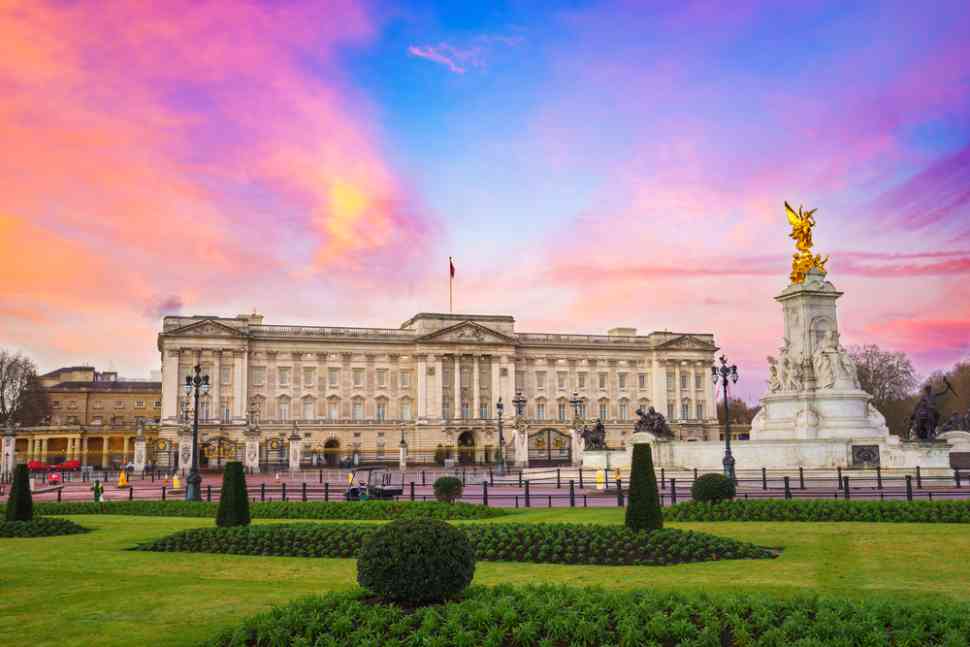The 2023 rebound encompassed all categories within China’s luxury market, with Fashion and Lifestyle and Jewellery leading the recovery with growth rates between 15 per cent and 20 per cent. Leather Goods grew by 10-15 per cent, with a focus on lower-priced bag segments.
“The solid double-digit rebound is commendable, but China’s luxury market has not fully recovered to its 2021 levels,” commented Bruno Lannes, a senior partner at Bain & Company in Shanghai. He attributed the tempered recovery to economic challenges and increased overseas shopping, noting uncertainties in the post-Covid growth phase, particularly concerning consumer confidence and the evolution of overseas luxury shopping.
China’s luxury market is projected to grow in the mid-single digits in 2024, following a 12 per cent year-on-year rise in 2023, as per Bain & Company’s report.
The 2023 increase, a rebound from pandemic lows, started strong but slowed in the latter half due to reduced consumer confidence.
All luxury categories saw growth, with fashion and jewellery leading.
Hainan’s duty-free sales grew by about 25 per cent in 2023, though still below 2021 levels. This growth was attributed to domestic travel recovery and Hainan government stimulus measures. Interestingly, average spending per shopper decreased by over 25 per cent, likely due to lower discount levels, reduced Daigou activities, and increased consumer rationality.
Two key trends have been shaping China’s luxury market and are expected to continue doing so—return of luxury shopping overseas and the evolution of Daigou, a person who facilitates the buying and selling of international products on behalf of a customer in mainland China.
During the pandemic, over 90 per cent of luxury shopping occurred domestically due to border closures. As Chinese overseas tourism resumed, domestic luxury spending is anticipated to drop to 70 per cent in 2023. Chinese luxury spending in Europe and Asia in 2023 constituted approximately 40 per cent and 65 per cent of their 2019 levels in these regions, respectively.
South Korea’s duty-free market, a major source for Daigou, particularly in luxury beauty, is estimated to decline by 30 per cent to around 60–65 billion RMB. This is attributed to restrictions in Daigou commission fees and limited supply of popular beauty products in the Chinese market. However, new, more professional Daigou models are emerging in the Fashion and Leather Goods sectors, adopting a platformised approach to offer consumers aggregated and authenticated shopping avenues.
“The extent of this recovery in 2024 will primarily depend on the speed of economic recovery and changes in travel and lodging costs,” stated Weiwei Xing, a partner at Bain & Company in Hong Kong. He also highlighted the importance for brands to implement harmonized global pricing strategies to maintain consumption in mainland China.
In 2023, Chinese luxury consumption was estimated to account for approximately 22-24 per cent of the world’s total, with consumption in mainland China comprising about 16 per cent (excluding Daigou). By 2030, Chinese luxury consumption is expected to reach 35-40 per cent of the world’s total, with consumption in mainland China reaching 24-26 per cent, solidifying its position as a leading luxury market globally.
Fibre2Fashion News Desk (KD)



























































![LinkedIn Provides Tips on How to Promote Live Events [Infographic] LinkedIn Provides Tips on How to Promote Live Events [Infographic]](https://imgproxy.divecdn.com/kA4YczoBIs8NmPBiERWa-OxzvYMz5kwjjZ6wewP8z7c/g:ce/rs:fit:770:435/Z3M6Ly9kaXZlc2l0ZS1zdG9yYWdlL2RpdmVpbWFnZS9saW5rZWRpbl9ldmVudF9hZHNfaW5mb18yLnBuZw==.webp)










